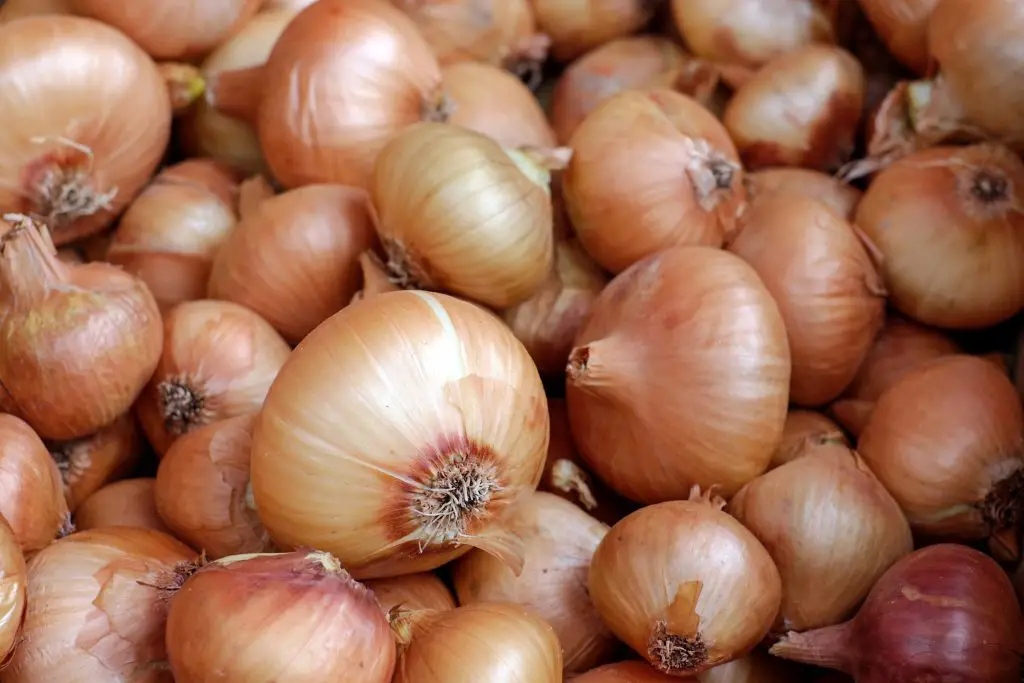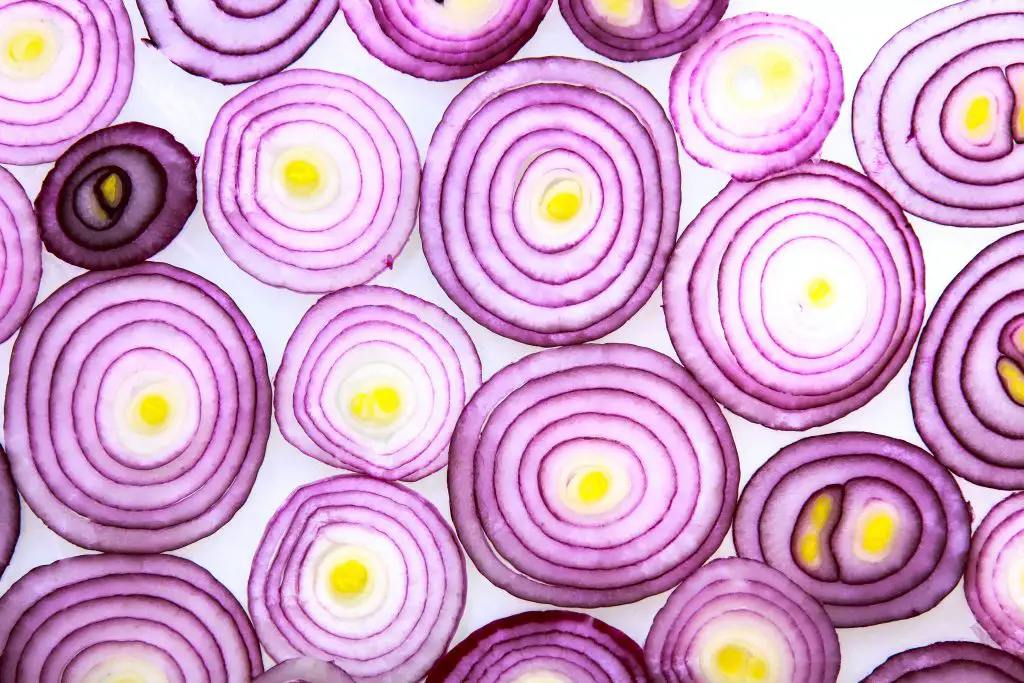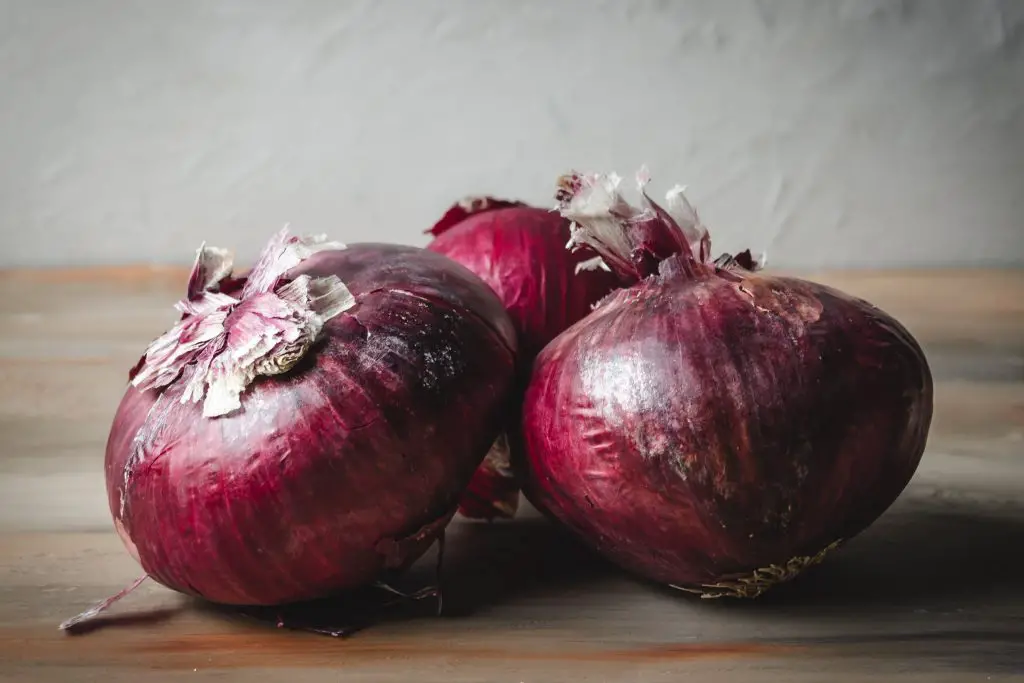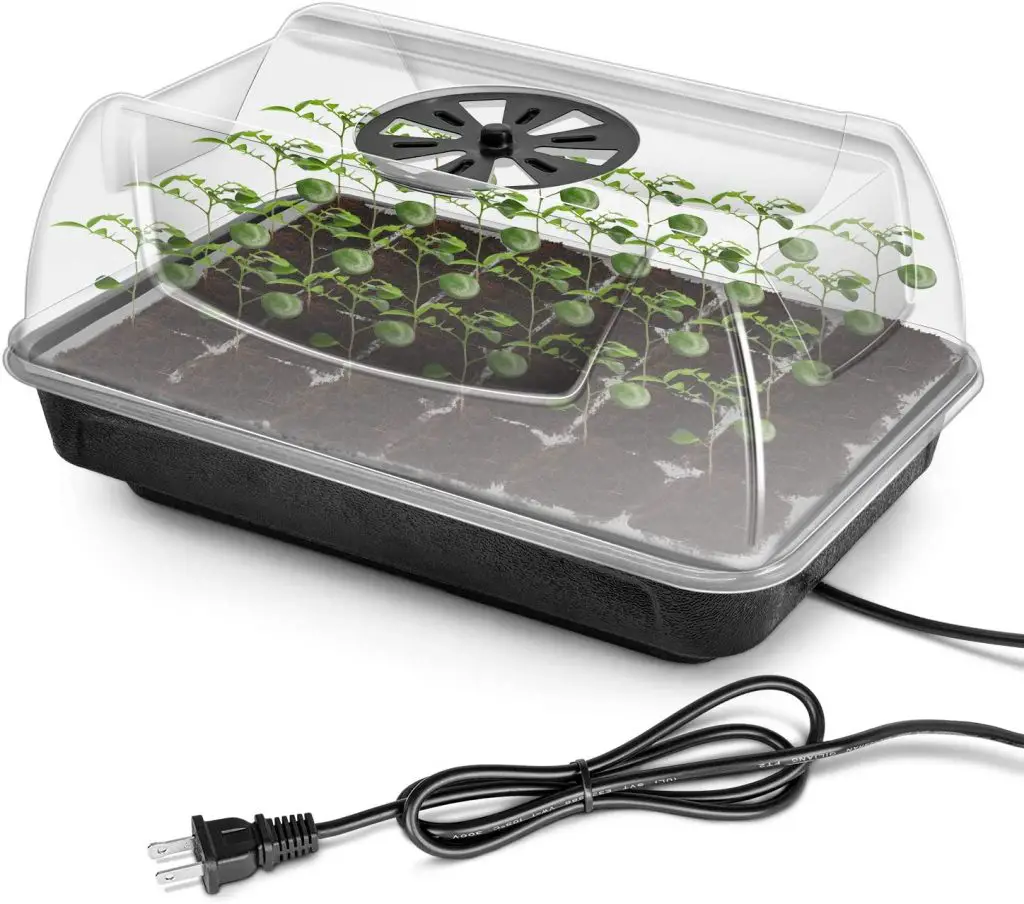Do Onion Seeds Need Light To Germinate? Onions are a vegetable that is used widely in many dishes. As the plant is easy to grow, extremely hardy and stores very well with little effort they are a popular crop to grow in home gardens. However, one of the most common questions that is asked is do onion seeds need light to germinate?
Onion seeds do not require sunlight to germinate as a result there are generally planted in the soil at a depth of approximately a quarter of an inch. However, once the onion seeds sprout they will require sunlight in order to survive and grow. This is because the energy within the seed is only sufficient to support the initial growth.
After that period the plant needs light to photosynthesize to continue to develop its root system and generally photosynthesise. The best time to plant onion seeds is anywhere from late autumn to early spring depending upon the severity of the winter weather. However, it is important to note that onions are extremely hardy vegetables that can survive temperatures as low as 0°F (-18°F).
However, for the onion seeds to germinate they require temperatures above 32°F (0°C) but at this temperature, the rate of germination is extremely slow. They really require temperatures above 50°F (10°C) to germinate at a reasonable rate.
As a result of this I tend to plant in mid-winter In a seed tray that is kept indoors to ensure that the onions get going relatively quickly before we plant it out just as the weather is starting to warm up.

How To Grow Onions
Onions are generally a fairly easy crop to grow and can be grown from seeds or from onion sets. For the uninitiated onion sets are small onion bulbs which are typically planted in early spring and their main advantage is that they accelerate the rate at which you get a harvest but they are significantly more expensive than growing plants from seed.
I personally favour growing from seed because it is cheaper and also any advantage that you can gain from planting onions sets can be largely offset by growing them indoors or even using a heated seed tray.
The advantage of the heated seed tray is that it provides a more consistent temperature than just having a seed tray indoors which means that the plants generally grow a little bit faster. If you live in a relatively cold climate they are really worth buying, however, we recommend if you were considering purchasing a seed tray to select one that has a removable seed tray and a humidity dome.
A removable seat tray is advantageous because it is the component that will deteriorate first within the unit so being able to replace it will extend the life of the unit substantially. Additionally, the humidity dome helps to maintain a consistently humid environment which will accelerate the rate of growth. To see the latest price on a unit which has those features click on the link below.
To start the onion in a seed tray start by filling it with good quality seed raising mix and firm the mixture into the cells to create plugs of soil as this will make it easier to transplant the seedlings into the garden later on.
Use a dibber to make a planting hole approximately a quarter of an inch deep then plant 5 to 6 seeds in each hole with the aim of getting 4 to 5 seedlings coming up. The number of seeds may seem relatively high compared to what is normally recommended however onions are one of those plants that is suitable for a technique known as multi-sowing.
Multi-sowing is when seeds are planted in order to create clumps of vegetables in a seed tray rather than just planting individual seeds. This method has several advantages over planting individual seeds.
The first advantage is that 4 to 5 times the number of seedlings can be planted in a single seed tray. The second key benefit is transplanting the seeds out into the garden is significantly faster because each planting hole will result in 4 to 5 seedlings being planted at a time.

The third advantage is that clumps are typically planted further apart which provides the opportunity to use a dutch hoe to remove weeds instead of hand weeding which is also significantly faster.
This method will produce onions of a similar size to individual plants provided that there are not more than 4 to 5 seedlings in a clump. The one exception to this is when you are trying to create a dual-purpose crop. As onions can be harvested at any stage it is possible to plant 8 to 10 seedlings in a clump and then harvest around half of them as spring onions before allowing the remaining plants in the clump to grow on to produce bulbs.
Planting Onion Seedlings Into The Garden
Once the onion seedlings have reached a reasonable sized they can be planted out into the garden, however, we generally recommend that you do not plant them out until the outside temperature is greater than 50°F (10°C).
The main reason for this is that the growth rate at temperatures below that level will be extremely slow so you will not gain much from planting the onions early even though they can survive in those sorts of temperatures relatively easily. Additionally, because onion seedlings are relatively slender they can sit in a seed tray for an extended period of time if the weather conditions are not favourable without any significant negative effects.
When planting the seedlings into the garden they should be spaced approximately 10 inches apart in a sunny location that contains rich, moist, and free-draining soil. However, if you are unsure about the quality of your soil you can always add an additional bag of compost before planting as it won’t hurt.
It is also important to note that while the planting location should ideally receive 6 to 8 hours of sunlight per day onions are one of those plants that will tolerate some degree of shade though the rate of growth will be slower.

Once the onions are in the garden they require very little maintenance other than ensuring that they get sufficient water during hot periods of the year. They do not require any protection from slugs and snails because they are generally not a problem.
How To Harvest Onions
As mentioned earlier in the article onions can be picked at any stage and used as required, however, if you want to maximise the size of the bulbs produced it is best to wait until the tops of the onions begin to dry out and in some cases even collapse.
Once this happens the onions will have reached their full size. When harvesting the onions it is important to dry them out first by laying them out in an area that is free of moisture for approximately a week or two before putting them away for long-term storage.
Onions are generally fairly easy to store and will last for several months, however, like all vegetables, they will benefit from a cool dark location that is well ventilated which will reduce the speed of aging and also minimize the chances of mold,
I hope you found this article useful and have great success growing your onions at home, if you have any additional comments or questions please leave them in the section below.
Relevant Articles
How Long Does It Take For Onion Seeds To Germinate? How Does Temperature Affect It?
How Many Varieties Of Onions Are There?
Is An Onion A Root Or Stem? What Part Of The Plant Are We Eating?
Can You Eat Onions Straight From The Garden?

